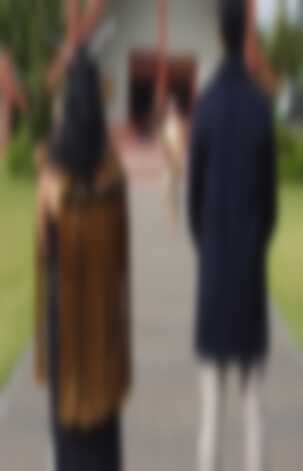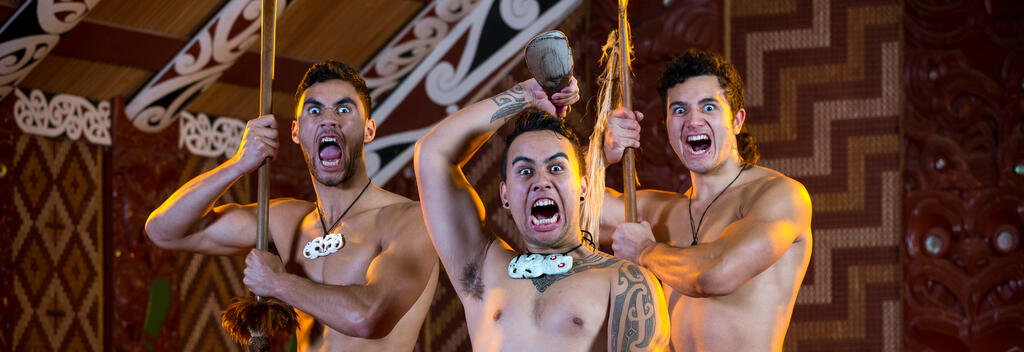-
Popular places to visit
Popular things to do
Helpful tips
Here's a few useful links to help with planning your trip to Aotearoa New Zealand.
-

Here’s a short history of the long-held tradition of Māori haka.
The traditional Māori performance of haka is a source of pride for all New Zealanders. It is performed all around the world, most famously by the All Blacks and the New Zealand Defence Force. Even Beyoncé has given it a go. Yet despite haka’s international reputation, few people understand its origins and meanings.


Traditionally, haka was a customary way to welcome visiting tribes, but it also served to invigorate warriors as they headed into battle. It was a show of physical prowess but also an embodiment of cultural pride, strength, and unity.
Although haka is the Māori word for dance, it is not a dance in the sense you might imagine. Usually performed in a group, it involves chanting and actions, such as stamping, hand movements, and facial gestures.
Haka varies by tribal region, with many haka telling the story of significant events in an iwi’s (tribe’s) history.
Today, haka is used as a sign of respect and is performed on important occasions, such as sporting events, weddings, funerals, and Pōwhiri (a traditional welcome).


Like many Māori customs, haka has its origins in Māori legend. According to Māori mythology, the sun god Tama-nui-te-ra and the goddess of summer Hine-Raumati had a son called Tane-rone. During summer, Tane-rone would dance for his mother, causing the quivering air we see on the horizon during hot days. In haka, this is symbolised by the gesture of trembling hands, which is a common action in many haka.

Ka Mate is the haka often performed by the All Blacks. It begins with ‘Ka mate, ka mate, ka ora, ka ora’, which translates to ‘I die, I die, I live, I live.’ One can only imagine how Ngati Toa Chief Te Rauparaha felt when he first chanted these words 200 years ago. He had just evaded capture by a rival iwi (tribe) and was given shelter by another iwi, who hid him underground in a kūmara (sweet potato) pit. Ka mate tells this story, describing how Te Rauparaha shook off adversity to emerge from the darkness of the kūmara pit into the light.
Te Rauparaha went on to evade capture a few more times and to become a great Māori chief and warrior, helping to expand Ngāti Toa's territory across the lower North Island.

Famously, the All Blacks, Aotearoa New Zealand’s national rugby team, begins each test match with haka. This has been part of their routine for almost 120 years, helping them to establish one of the greatest victory statistics in global sport. Of 612 tests, the All Blacks won 77 per cent of their matches.
Haka gives the All Blacks a psychological edge and elevates their heart rates above their opponents, who must stand and watch. Over the years opposing teams have developed strategies to counter this, such as delaying tactics so the All Blacks’ heart rates return to normal before the match begins.
But if haka gives the All Blacks an advantage on the sports field, this is of secondary importance. Above all, it is used for is for more traditional reasons: the show of cultural pride, strength, and unity.
The Black Ferns, New Zealand's women's rugby team, also perform haka. Their haka Ko Ūhia Mai (Let It Be Known) was created specifically for them by Whetū Tipiwai, a respected community leader.
Choose from our selected trusted partners/tour operators to turn your travel dreams into reality.
Apart from going to watch the All Blacks play rugby, there are plenty of places where you can witness a live haka.